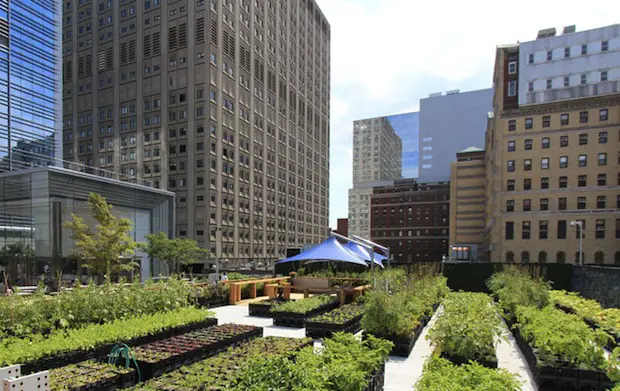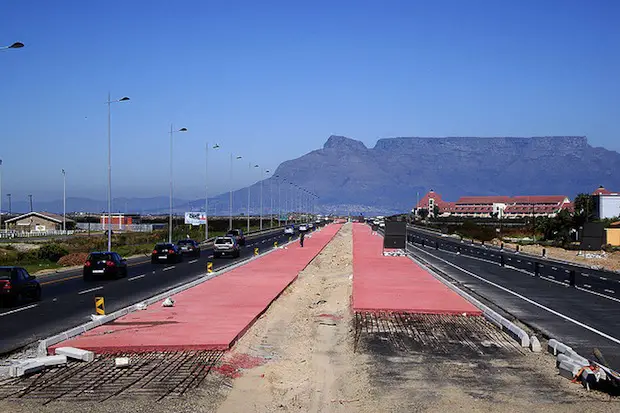On the 22nd September 2012, the Australian non-profit Sustainable Communities launched its ‘localisation project’ in Joslin Reserve, South Australia. This project is the creation of an urban village, a concept which is gaining prominence across Australia, the United Kingdom, Western Europe and much of the developed world. This particular urban village is hailing itself as ‘the 20-minute neighbourhood’.
Another such development – Circa Nundah Urban Village – can be found in Brisbane, Australia. Originally an inner suburb housing a predominantly working class population, the area has now been gentrified with high density mixed-use blocks alongside the remaining traditional worker’s cottages.
Earlier in September, the Welsh government also approved funding of a feasibility study for a sustainable urban village near Swansea to be located in Felindre, a 100-hectare site which used to be a tinplate factory settlement run by Steel Company of Wales. Similarly, there are many more projects which plan to redevelop existing suburbs, old industrial towns.
Fred Hansen, head of South Australia’s Urban Renewal Authority and now overseeing the development and renewal of Adelaide’s Central Business District and its surrounding suburbs, says:
A 20-minute neighbourhood is one in which residents can get to most of their essential services or activities within 20 minutes by walking, biking or taking public transport…The focus is on day-to day activities that we do for necessity or enjoyment. The list includes, groceries, a pharmacy, the coffee shop, cafes and restaurants, schools, a movie theatre, sports facilities and open space.
However, the conception and perception of urban villages is very different in the context of developing world. Most urban village projects in developed countries are created by collaborations between planning authorities and private developers. They are huge business propositions or sustainable living programs with roots in new urbanism theory and often involve the redevelopment of existing city areas, and are a marvelous way of integrating degenerated suburban spaces with the city center. The sustainability aspect, however, is not always built in the core business model as it is in South Australia’s Joslin Reserve project.
Urban villages in Indian cities are urbanized villages, that is, original villages that have conformed themselves to the urbanization around them. In India, they are existing pockets of old villages that have gotten cramped among the rapidly rising city around them. They largely lack basic civic services such as roads, water and sanitation and new construction is mostly haphazard as a result of flouted planning norms. These places have come into being when the surrounding agricultural and farm lands that were once the principal source of livelihood were sold or taken away for urban development. Some village dwellings and ‘villagers’ continued to stay in these new urban villages by engineering ways of livelihoods in their new urban milieu.
A typical family in an Indian urban village thrives by renting multistory apartments at prices below those of the surrounding upmarket rental properties. Others operate a variety of businesses from their homes including grocery shops or services such as tailors, barbers, cyber cafes, telephone booths, or they find place in the vast labour pool providing support services such as call centers, taxi drivers, salesmen and so on.
Combining the two notions of urban villages in the developed and developing world, the idea of an urban village is to see a massive city as a collection of neighbourhoods which are self-sustainable and where people can collectively share and own the neighbourhood while still retaining the sense of being part of the bigger city. The idea of an urban village is thus a space that could keep the best of both, rural and urban, in a harmonious and symbiotic way. And it is one of the more sustainable means of retaining urban ways of living in urban spaces.
Villages are sustainable. They have sustained themselves since the beginning of civilization. Their ways of living, doing business, community engagement, public spaces, institutions and various other aspects of civilized human settlements have survived through the ages. Thus a village in the middle of city is like a fossil of old age civilization amidst an elephantine urban mass scattered in steel and concrete. In the organic proliferation of cities in most of the developing world, urban villages are the in-situ testimony of village life.
Tarun Sharma is a public policy practitioner and New Delhi resident with an academic background in Economics and Public Policy. Tarun’s interests include land management, transport and urban heritage.
Photo: Dainis Matisons


